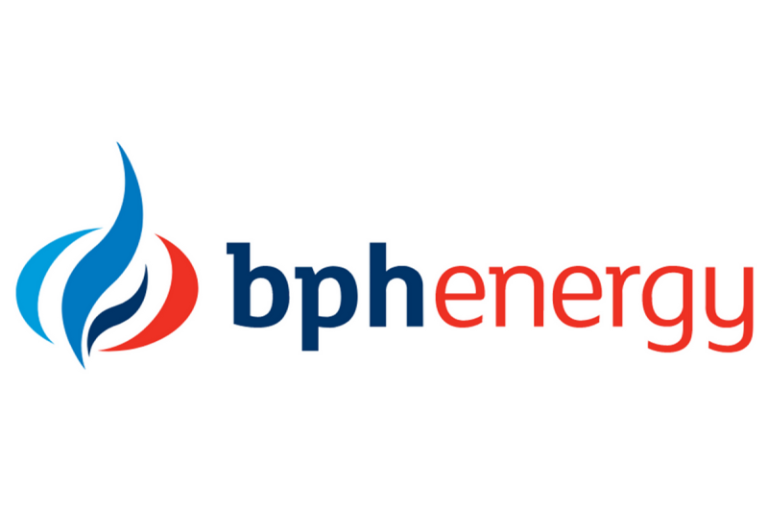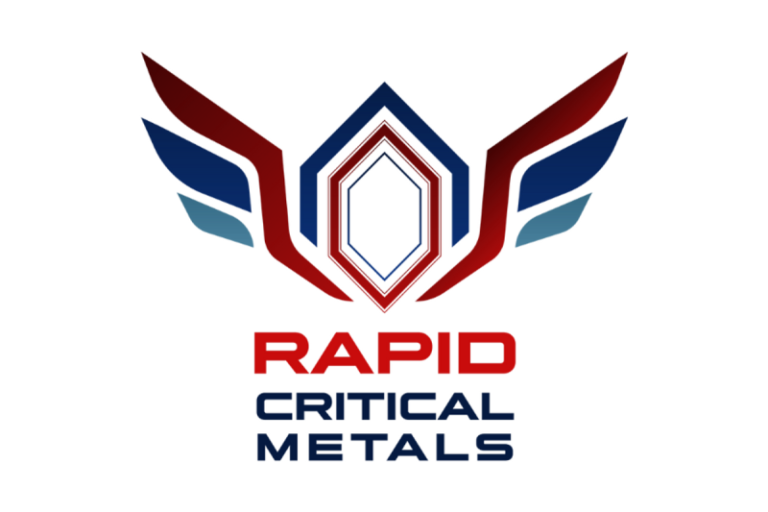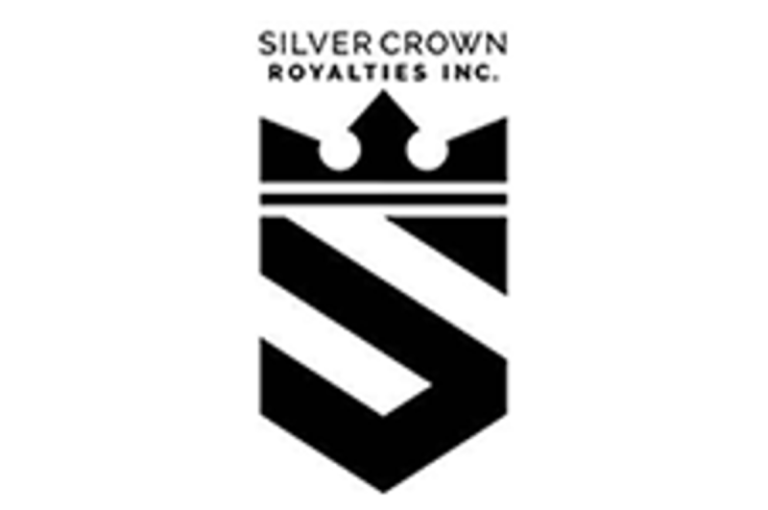Graphite prices have experienced volatility recently due to bottlenecks in demand for electric vehicles.
One major factor experts are watching right now is the trade war between China and the US.
China introduced export restrictions on certain graphite products on December 1, 2023, making it a requirement for Chinese exporters to apply for special permits to ship the material to global markets. In July 2024, the Trump administration in the US announced it would raise tariffs on battery-grade graphite imports from China to 93.5 percent.
Another trend shaping the graphite market in 2025 has been increasing substitution of natural graphite with synthetic in battery anode production; this comes in response to Chinese exports restrictions and US tariffs on natural graphite.
This has led to much lower prices for natural graphite, and against that backdrop, many Canadian graphite stocks have trended down. However, several graphite-focused companies have seen strong performances this year.
Below is a look at the year’s best-performing graphite stocks on the TSXV and CSE; TSX companies were considered, but none made the cut this time. Data was obtained on July 29, 2025, using TradingView’s stock screener, and all companies listed had market caps above C$10 million at that time. Read on to learn more about their work this year.
1. HydroGraph Clean Power (CSE:HG)
Year-to-date gain: 384.21 percent
Market cap: C$282.81 million
Share price: C$0.99
HydroGraph Clean Power produces cost-effective, high-purity graphene, hydrogen and other strategic nanomaterials.
Graphene, a pure carbon material extracted from graphite, has myriad potential applications in industries such as transport, solar cells, medicine, electronics, energy, defense and desalination. HydroGraph has an exclusive license from Kansas State University to produce graphene and hydrogen through the organization’s patented detonation process.
Much of HydroGraph’s news flow in 2025 has centered on strategic partnerships.
Results from a research study conducted with Arizona State University were released in January, demonstrating that the company’s HydroGraph’s Fractal Graphene is well suited for ultra-high-performance concretes and 3D-printed structures. In February, HydroGraph announced a technical collaboration with an unnamed global leader in synthetic fiber manufacturing to assess the potential of its graphene technology in high-performance fiber applications.
The following month, HydroGraph shared the launch of a line of advanced graphene dispersions developed in collaboration with battery materials and testing services company NEI. The products have the potential to be used to produce high-performance electrodes for use in energy storage solutions.
The company signed a letter of intent in April that could lead to a leading North American industrial gas supplier providing it with access to large volumes of high-purity acetylene. This is an essential material in HydroGraph’s patented detonation synthesis process. Acquiring this feedstock will help the firm advance its plans to build a new graphene production facility in Texas with the capacity to produce over 350 metric tons of graphene annually.
HydroGraph launched its Compounding Partner Program in July with the goal of attaining commercial-scale production of its high-performance Fractal Graphene in thermoplastics. According to the company, initial certified partners are testing new formulations in the automotive and packaging sectors.
After trading in a range of C$0.22 to C$0.35 for much of the year, shares of HydroGraph jumped nearly 300 percent in a matter of days to reach a year-to-date high of C$0.99 on July 29.
2. Black Swan Graphene (TSXV:SWAN)
Year-to-date gain: 107.35 percent
Market cap: C$60.02 million
Share price: C$1.41
Black Swan Graphene describes itself as an emerging powerhouse in the bulk graphene business.
The company is a spinout of Mason Resources (TSXV:LLG,OTCQX:MGPHF), which owns the Uatnan graphite project in Québec and holds a 39 percent stake in Black Swan. Graphite from Uatnan is used to supply Black Swan.
UK-based global chemicals manufacturer Thomas Swan & Co. holds a 15 percent interest in Black Swan, and brings a portfolio of patents and intellectual property related to graphene production. Through this partnership, Black Swan is building out a fully integrated supply chain of mine-to-graphene products.
Black Swan’s share price traded sideways for much of the year before benefiting greatly from a summer surge. Shares of Black Swan reached their highest year-to-date price of C$1.52 on July 23.
This followed a series of positive news items concerning progress on increasing commercial output. On June 3, Black Swan announced the installation of an additional production unit at its operational facility in the UK. It is working to more than triple its annual production capacity from 40 metric tons of high-quality graphene to 140 metric tons.
Later in the month, the company signed a non-exclusive distribution and sales agreement with Indian specialty materials and polymers supplier METCO Resources. The agreement will allow METCO to “distribute and promote Black Swan’s graphene nanoplatelets and GEM advanced masterbatch products to customers across India’s industrial, packaging, automotive, and construction sectors,” as per a press release.
Black Swan made another key announcement in the following month. On July 9, the market learned the company had secured a US patent for its breakthrough continuous graphene production process.
3. Focus Graphite Advanced Materials (TSXV:FMS)
Year-to-date gain: 100 percent
Market cap: C$12.26 million
Share price: C$0.135
Focus Graphite Advanced Materials is both a graphite miner and a battery technology company. Its wholly owned flagship Lac Knife high-grade crystalline flake graphite project is located in Northeastern Québec.
With a completed feasibility study, Lac Knife is one of North America’s most advanced graphite deposits. The company also holds Lac Tétépisca, the highest-purity graphite project in Québec.
In terms of battery technologies, Focus Graphite has a patent-pending proprietary silicone-enhanced spheroidized graphite technology that is designed to enhance battery performance and efficiency.
In late May, definition drilling at Lac Tétépisca led to an extension of the strike length of the mineralized zone to over 6 kilometers, while preliminary metallurgical testing confirmed the quality of the project’s flake graphite.
In mid-June, the company said thermal purification testing on Lac Knife flake graphite completed by American Energy Technologies Company had resulted in refined concentrate to a purity level of 99.999 percent carbon.
“This milestone underscores Focus Graphite’s potential to supply ultra-high-purity graphite material for nuclear energy applications, a market historically dominated by synthetic graphite and limited to a small cohort of qualifying producers,” states the company’s press release.
Shares of Focus Graphite hit their highest year-to-date value of C$0.17 on June 17.
Securities Disclosure: I, Melissa Pistilli, hold no direct investment interest in any company mentioned in this article.










